Legislation to institute a class action system for the first time in Japan came into force on October 1.
The new law enables a group of consumers to recover damages collectively rather than file individual lawsuits on their own behalf. The Act provides an efficient and simple way for consumers to seek damages but businesses should be aware, especially retailers, as there may be more claims coming from consumers.
 |
|
Aoi Inoue
|
“Awareness for consumer protection has been increasing,” says Aoi Inoue, special counsel in the dispute resolution practice at Anderson Mori & Tomotsune, in an interview with Asialaw. “The new system is a big step for more and more consumer protection.”
“The expansion in scope of the new system would be threatening to business in the future. Businesses are concerned that class actions may turn big like the US and want to make the system as limited as possible,” adds Kenichi Sadaka, a partner in the dispute resolution practice at Anderson Mori & Tomotsune.
To limit the types of claims that may be brought under the new law, called the Act on Special Provisions of Civil Court Procedures for Collective Recovery of Property Damage of Consumers (Act 96 of 2013), and the damages that may be recovered, two stages have been set up under the system.
The first consists of a procedure in which a special qualified consumer organisation (SQCO), which must be certified by the prime minister, seeks from a court an issuance of a declaration on common obligations that the business operator owes to a considerable number of aggrieved consumers.
“There is no number specified by the Act, so not necessarily hundreds of consumers are needed, but if there are dozens of aggrieved consumers complaining, that would qualify as a considerable number,” says Sadaka.
If the business wins in the first stage, consumers would need to bring individual claims against the business. If successful, the SQCO has the power to give individual and public notices to aggrieved consumers, allowing them to proceed to the second stage, where the damage each consumer is entitled to recover is decided. Consumers can only claim for damage directly related to their grievance, so losses arising from secondary loss or damages for pain and suffering would not be considered.
Claims which could be brought about must fall within the scope of one of five areas:
- for the performance of a consumer contract
- for the return of unjust enrichment resulting from the cancellation, non-existence or invalidity of a consumer contract;
- for compensation of damage based on the default of a consumer contract;
- for compensation based on liability for a product defect under a consumer contract; and
- for compensation of damage resulting from a tort committed in conjunction with the conclusion or performance of a consumer contract.
“In terms of other Asian jurisdictions, class action systems are not well developed,” says Sadaka. “Korea has a limited class action system focusing on securities related claims. Hong Kong tried to introduce a class action system but was rejected.”
“In the process of creating the new system, the Japanese government looked at jurisdictions that are more advanced in class systems such as those in Europe and the US, Canada and Brazil,” adds Inoue.
 |
| Kenichi Sadaka |
The Enforcement Order, Enforcement Ordinance and Guidelines on Certification and Supervision of Specified Qualified Consumer Organisations which also came into force October 1 detail the requirements for a qualified consumer organisation to be certified by the prime minister as a SQCO and how individual notices need to be made to aggrieved consumers. “As of now, four QCOs have applied for SQCO status and once they get permission, they may use the class system,” says Sadaka. “QCOs are generally location based, such as ones based in Tokyo, Osaka and Hiroshima, and deal with consumer cases in specific areas, but there is no restriction on participation.”
The trend towards consumer protection does not end there. A Bill to amend the Consumer Contract Act (Act No 61 of 2000) was passed in May 2016 and is proposed to take effect a year on June 3 2017, one year from the date of its promulgation. The extension of the limitation period from six months to one year for consumers to rescind contracts is a salient feature of the amendment when it comes into effect. “With the new class action system and more policies for consumer protection, QCOs will be in a better position to achieve something more in the future,” says Sadaka. The consumer protection space in Japan is definitely one to watch.

